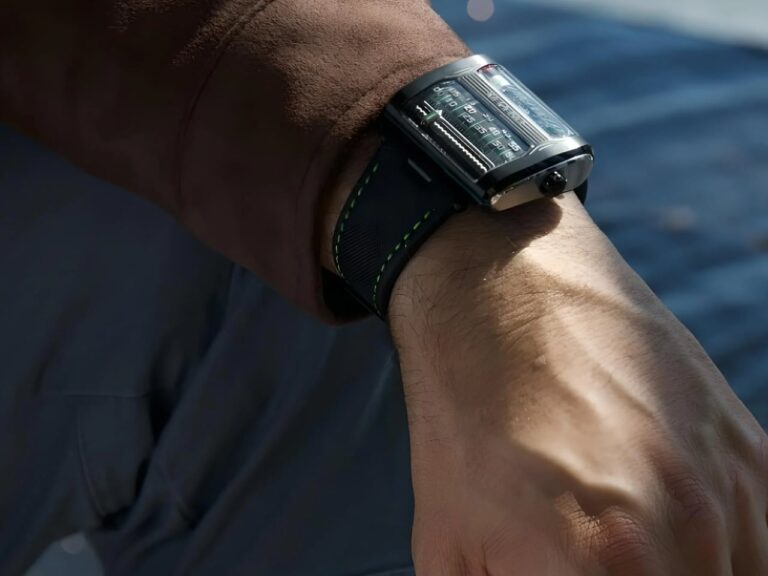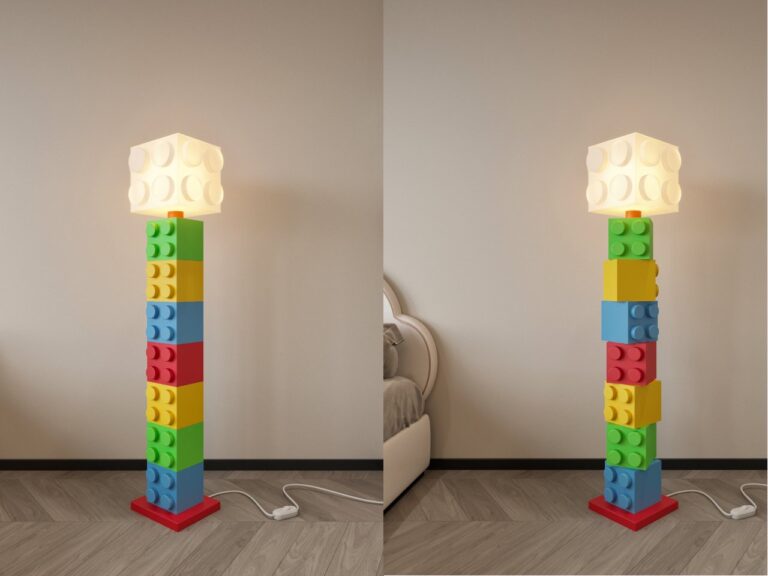What’s New in the World of Flagship Phones?
In recent years, we have witnessed a clear boom in mid-range phones. These now offer performance close to flagship devices. Sometimes, they even surpass them in certain aspects. Prominent examples include Apple’s iPhone 16E, Google’s Pixel 9a, and the Nothing Phone (3a), which entered the market strongly.
This development has raised performance standards and changed user expectations regarding what a daily smartphone can deliver. This raises an important question: Is it still reasonable to spend large amounts on flagship phones?
Samsung and Sony: Continuing the Competition in the Flagship Category
Samsung and Sony both seem convinced of the importance of investing in the flagship segment. They have recently launched new phones aimed at competing with flagship devices from companies like Apple and Google.
Starting with the Samsung Galaxy S25 Edge, which stands out for its remarkable thinness; it comes with a thickness of no more than 5.8 mm. This makes it one of the thinnest flagship phones on the market to date. For comparison, Apple’s iPhone 16 measures 7.8 mm thick. Meanwhile, the Google Pixel 9 Pro is about 8.5 mm thick.
This design difference reflects Samsung’s approach to offering a sleek and lightweight phone without sacrificing specifications. This is a direction that aligns with the needs of users seeking devices that combine performance and comfort in daily use.
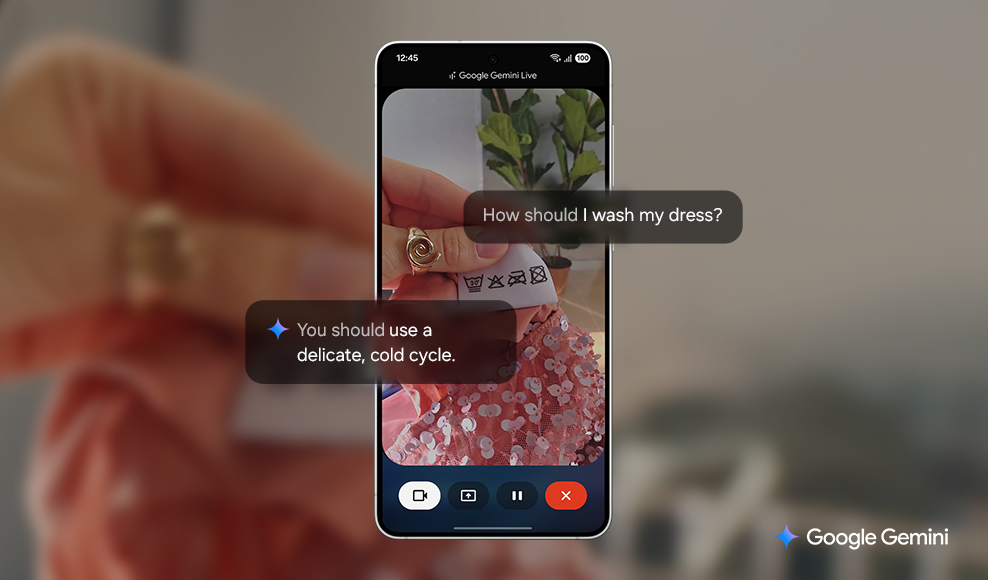
Technical Challenges and Focus on Durability and Performance
Although Samsung has achieved a remarkable engineering feat with the ultra-thin design of the Galaxy S25 Edge, this advancement comes with some trade-offs. Most notably, battery life may be lower compared to other phones.
Nevertheless, the company focuses on enhancing the phone’s durability by using the latest versions of Corning Gorilla Glass. Along with a titanium frame, it provides high resistance to scratches and shocks.
In terms of performance, the phone comes equipped with the most advanced version of Galaxy AI yet. It supports a range of applications such as Audio Eraser and Drawing Assist, which are intended to offer a smooth user experience. However, questions remain about the actual need for these apps in everyday life. This reflects the nature of technology that sometimes introduces features that may be more than necessary.
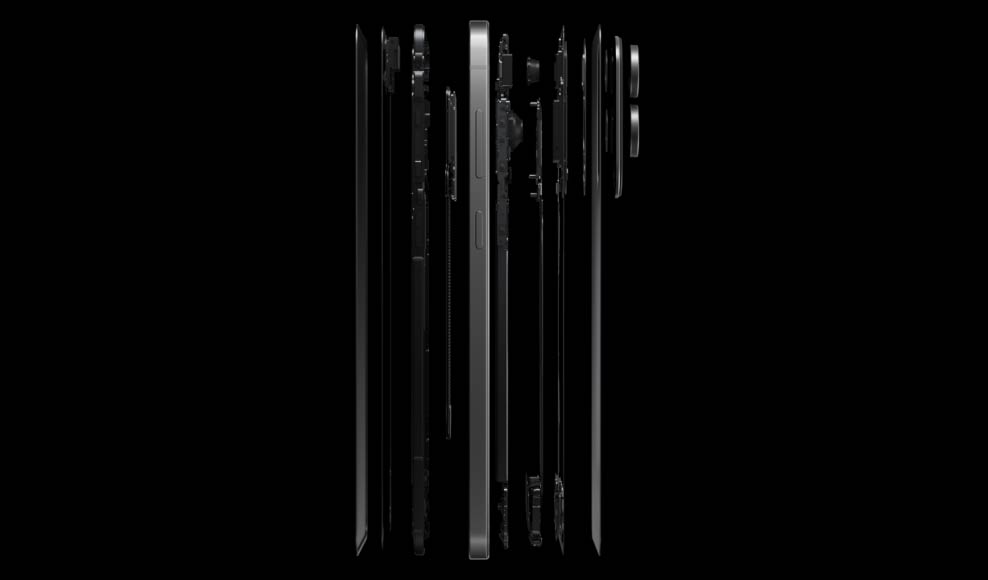
Photography in the Samsung Galaxy S25 Edge
Another important aspect that distinguishes the S25 Edge is its photography capabilities. The phone is equipped with a high-resolution 200-megapixel main lens, allowing for sharp images with fine details. Additionally, the camera’s performance has seen significant improvements in low-light conditions, enhancing photo quality across various scenarios.
In terms of design, the phone is available in three elegant titanium colours: Titanium Silver, Jet Black Titanium, and Glacier Blue Titanium. This gives it a luxurious and attractive appearance.
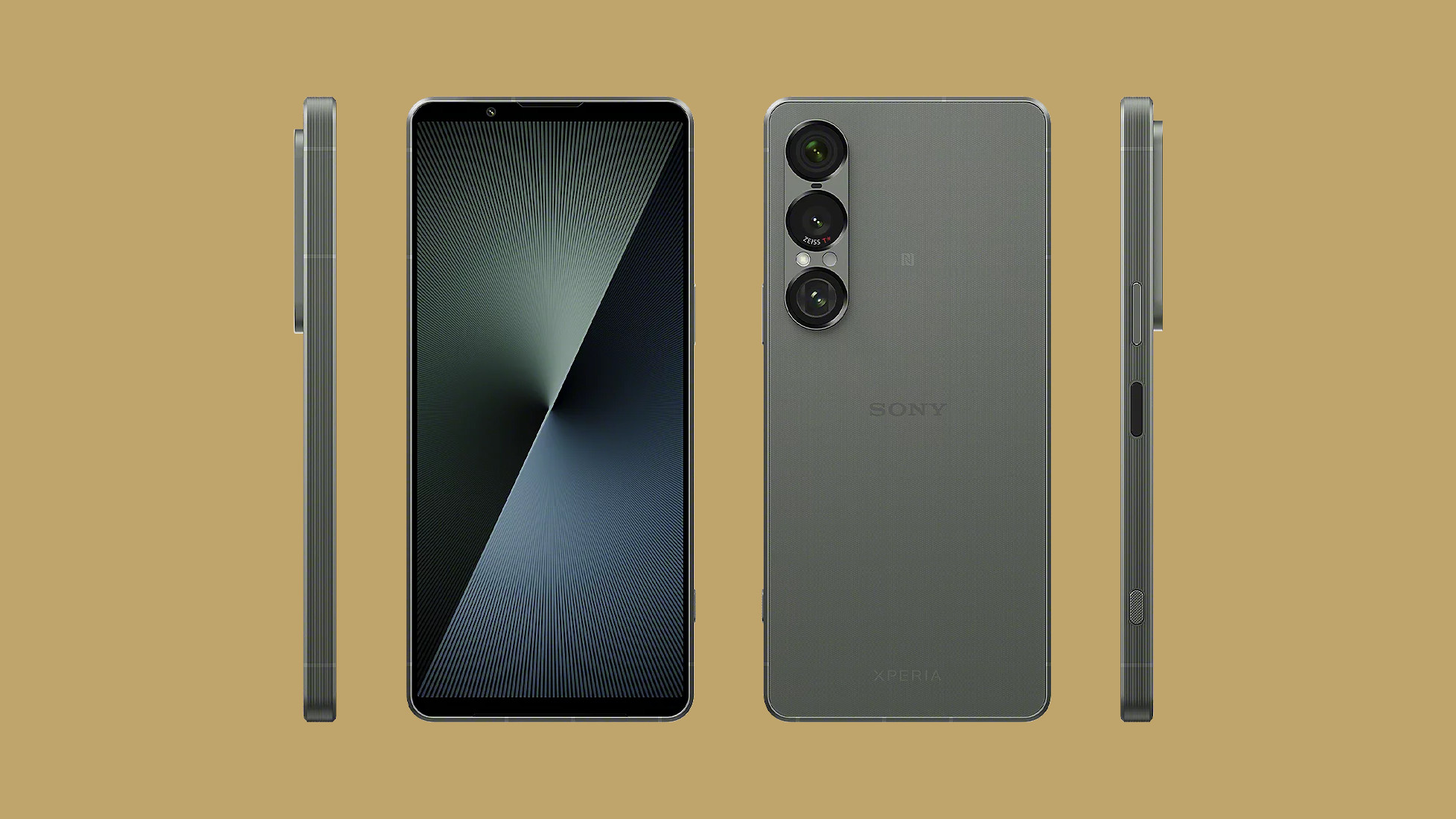
Camera Quality and Sony’s Integrated Experience in the Xperia 1 VII
Camera quality is one of the key features that distinguish Sony’s new flagship, the Xperia 1 VII. In the fiercely competitive Android phone market, the Xperia series has always been a different choice. It has never held the same market share as the major manufacturers from the United States, South Korea, and China.
However, the new Xperia 1 VII experience is based on advanced technologies and expertise drawn from various Sony divisions. The phone combines the professional Alpha camera teams’ innovations, the advanced Bravia displays, and the portable audio technologies from the Walkman series. This reflects a unique integration of photography, sound, and display quality in one device.

Advanced Photography and Audio Technologies
The Xperia 1 VII relies on advanced dedicated components, including an integrated audio circuit specifically designed to enhance sound quality. It also incorporates an AI-powered imaging system featuring a wider-angle lens. This expands the field of view and increases shooting flexibility.
Camera improvements include enhanced low-light capabilities, advanced macro shooting modes, and a software-enhanced Bokeh mode. This delivers portraits with greater depth and realism.
Regarding technologies inspired by professional Alpha cameras, the phone offers burst shooting at speeds of up to 30 frames per second. In addition to HDR video recording at 120 frames per second, it significantly enhances the video shooting experience.

Improvements in Display and Battery Life
The Xperia 1 VII’s display has seen a significant brightness improvement, thanks to contributions from Sony’s Bravia display team. Additionally, Sony added a distinctive touch to the colour lineup by introducing new options, including Moss Green, Orchid Purple, and Slate Black. This enhances the variety available to users.
On the other hand, the phone promises a battery life that lasts up to two full days. This is a notable improvement, although this claim is still subject to verification and real-world testing.

A Look at the Nothing Phone (3): A New Challenger in the Flagship Category
The market recently witnessed the announcement of Nothing’s new Phone (3), which is the company’s most expensive device to date. Described by CEO Carl Pei as the company’s first true flagship smartphone, this device marks a significant step forward.
The phone is scheduled for release during the summer, with a clear focus on premium materials and upgraded processors. Additionally, the Nothing OS will receive a comprehensive update to better support integrated AI technologies.
Despite these features, the company maintains its policy of offering lower prices compared to other flagship competitors—making the device a compelling option in the high-end smartphone market.


